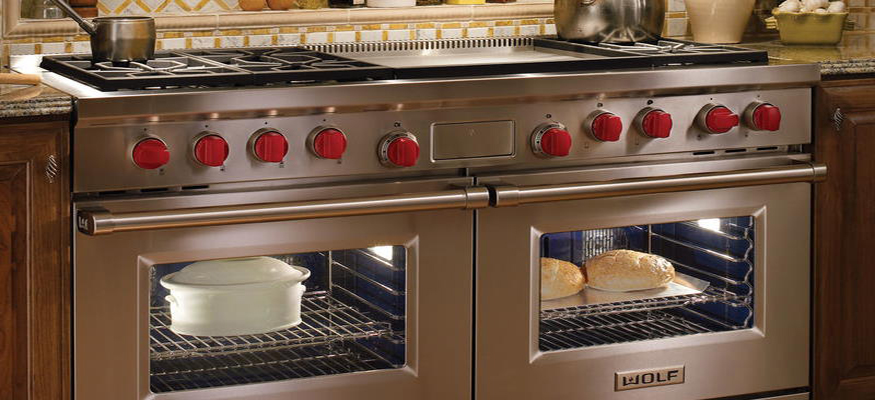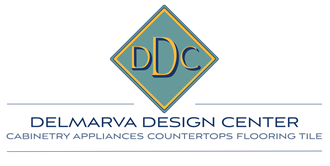
Follow Us On Social Media
Your kitchen range is one of your most essential kitchen appliances. It is worthwhile to consider the options and decide with an understanding of the latest in kitchen range technology. If you like to entertain at home – and who doesn’t – then design in a kitchen range or cooktop that will help you enjoy the experience of creating a meal as enjoyable as sharing it with family and friends.
What to consider; where do you start? The choice between gas and electric ranges is primarily dictated by your current setup. Gas ranges require you to have either natural gas or propane service at your home. In contrast, an electric range or oven will work in any house, provided you have a 220-volt electric line in your kitchen. Make sure that a 22o volt electrical connection is factored into your kitchen design if you go electric.
If you are replacing an existing range, buying a new model of the same type and size ensures that the new range will fit. Slide-in ranges—where the top will slightly overlap existing countertops—are how many kitchen designs are going. However, if you buy one to replace an old freestanding range, you may want to add a backsplash if the wall behind your old range is unfinished. If you plan to switch from gas to electric, or vice versa, you are likely to need an electrician or a plumber to run new lines. The same goes for upgrading to a dual-fuel pro-style range, which partners gas burners with an electric oven and requires both the standard gas and electrical connections.
If your new kitchen design will use an electric range, you will want to consider an induction range. This type of electric range will operate on the same standard electric line as a regular electric range. However, their burners use electromagnetic pulses to transfer energy directly to your cookware, causing pots and pans—but not burners—to get hot. The ovens in induction ranges, however, work just like those in regular electric ranges. Induction ranges cost a little more than radiant electric ranges, but they tend to boil water faster and simmer more steadily. If your new kitchen will use an electric range, then an induction range will provide you with outstanding performance.
Choosing A Kitchen Range – What to Consider
Type of Range
Freestanding ranges are the most widely sold and easiest to install. Typically, the oven control panel is on the back of the range, above the cooktop surface. Slide-in ranges give a custom, built-in look and easily slide in between surrounding cabinets. The oven controls are on the range front, and there is no back panel, so your backsplash can be displayed. These are designed to fit between countertops, and some are not finished on the sides, so they cannot be used in a freestanding fashion like a typical range.
Size
Most electric and gas ranges are thirty inches wide. Most pro-style ranges start at 30 inches wide but can be as wide as forty-eight inches if you custom-configure them with extra burners and ovens or add-ons such as integrated grills, griddles, or woks.
Ranges will typically have at least one high-power burner and a dedicated simmer burner. Also, modern ovens frequently have a convection function, which uses a fan to heat the oven cavity more evenly. In the not too distant past, you would have had to purchase a pro-style range to get a convection function, but this is no longer the case.
Capacity
A roomy oven comes in handy when baking or entertaining. Be sure to know how the volume is being calculated. Some people may include the volume below the lowest rack position, but this is not actually usable space. If you are comparing oven volume, make sure you compare volume size in the same manner for both. The smallest ovens are in the two cubic feet range with the largest double that.
One Oven or Two?
Many ranges now come in single-oven and double-oven configurations. Double-oven ranges typically have a smaller oven up top and a larger one below. They are great if you want to bake or roast two different foods at different temperatures. A double oven also is convenient for reheating as you can activate just the upper oven and save time on preheating.
If your oven will be at the floor level, keep in mind that the lower oven will be close to the floor. If you can install a double oven that results in the lower oven not being a floor level, this may help with heavy items such as a roast.
Stop by the Delmarva Design Center, where you can see the fantastic appliance options and how to best integrate them into your new kitchen.
